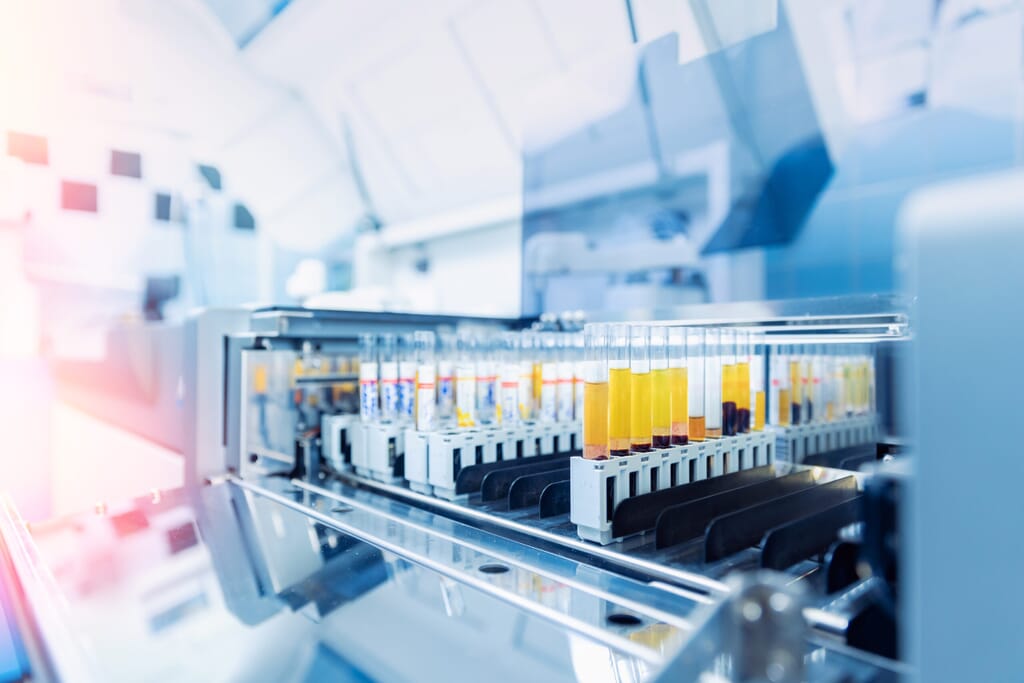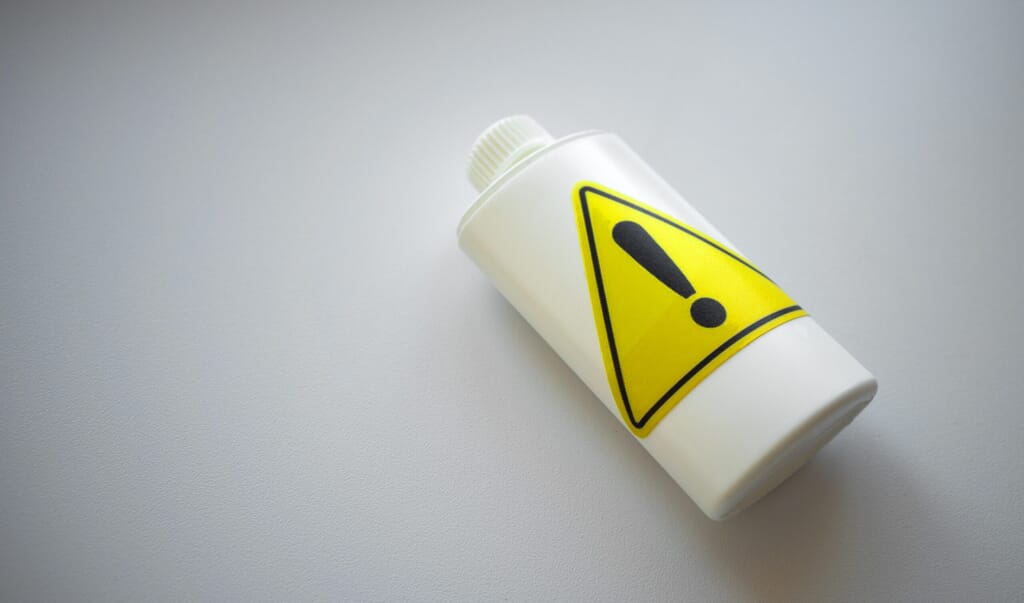News
New RoHS substances and their impact
5th Nov 2015

The Directive restricts the use of four new substances from 22 July 2019 for all categories of electrical and electronic equipment except medical devices and monitoring and control instruments, for which restrictions will apply from 22 July 2021 to take into account their longer innovation cycles. Dependent upon when the product was placed on the market, the new restrictions will not affect the use of cables and spare parts for repairing products.
The substances are used as plasticisers, e.g. in PVC cabling and are as follows:
Bis (2-ethylhexyl) phthalate (DEHP) CAS No 117-81-7
Benzyl butyl phthalate (BBP) CAS No 85-68-7
Dibutyl phthalate (DBP) CAS No 84-74-2
Diisobutyl phthalate (DIBP) CAS No 84-69-5
As with other RoHS substances, the maximum concentration level of these substances by weight in homogeneous materials is 0.1%.
The substances have been identified under the Registration, Evaluation, Authorisation and Restriction of Chemicals (REACH) Regulation as substances of very high concern (SVHC) and their use is already subject to authorisation unless used in a medical device regulated under Directives 90/385/EEC, 93/42/EEC or 98/79/EC if that substance has been identified in Annex XIV for human health concerns only.
For toys that fall under the scope of RoHS, restrictions under Annex XVII of REACH take precedence. Currently, DEHP, DBP and BBP are prohibited for use in toys and childcare articles in cumulative concentrations greater than 0.1 % by weight of the plasticised material. Consequently, it is this restriction that applies.
Producers wishing to place on the market electrical and electronic equipment containing these substances above the threshold must either use alternative substances or apply for an exemption with the European Commission. Both of these options are time consuming as they require research and development either in selecting the optimum alternative or in assembling technical documentation on their non-availability.
Non-phthalate plasticisers with a lower impact on human health and the environment include Di-isononyl-cyclohexane-1,2dicarboxylate (DINCH) CAS 166412-78-8, Di (2-ethyl-hexyl) terephthalate (DEHT) CAS 6422-86-2 and Acetyl tributyl citrate (ATBC) CAS 77-90-7. Which substitutes are suitable depends on the actual processing conditions and the desired properties of the final product.
Many producers have already begun phasing out of the four phthalates, especially following the requirement for authorisation under REACH. The additional duty to notify and communicate information on SVHC in articles is also likely to have accelerated the substitution process. However, the REACH authorisation route only addresses use of substances within the European Economic Area. The restriction under RoHS would also impact importers of electrical and electronic equipment.
Producers of EEE containing RoHS substances can expect additional costs of compliance in terms of increases in raw material costs of plasticisers, investment costs of alternatives and testing. However, producers of EEE using alternatives will benefit from competitive advantage. Consumers and workers in the plastics and recycling industries both inside and outside the European Union will experience reduced environmental and health impacts during the use and especially the waste phases of the products.
The continued expansion of substance control legislation, has significant impacts on producers. Those with chemical management systems in place to identify the substances used in their products and manage their associated risks have the opportunity to adapt and benefit from a commercial advantage. Those who do not take a pro-active approach are likely to experience additional costs and may ultimately have to withdraw certain products from the market.
Get in touch to find out how we can help with your compliance requirements
EMEA:
+44 (0) 1869 255758
/
US:
+1 (800) 450 2403
/
Email:
sales@thecompliancemap.com


